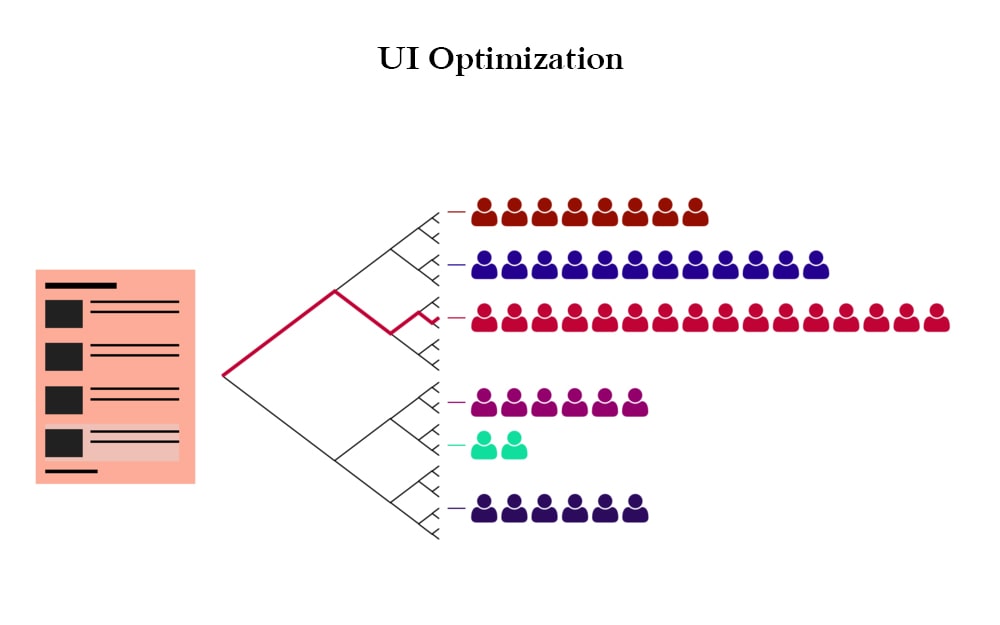Table of Contents
Optimize UI component performance and speed
In today’s digital landscape, where user expectations are continually evolving, optimize UI component performance and speed is paramount for delivering a seamless and engaging user experience. As users demand faster load times and smoother interactions across various devices and platforms, the efficiency of UI components becomes a critical factor in determining the success of any digital product or application.
By focusing on optimize UI component performance, not only can we enhance user satisfaction and retention, but we also improve accessibility and usability for a broader audience. In this rapidly advancing technological era, mastering the art of optimize UI component performance is not just a goal; it’s a necessity for staying competitive and meeting the ever-growing demands of modern users. Let’s delve into strategies and techniques that empower us to unlock the full potential of our UI components, ensuring they operate at peak efficiency and speed.
Optimizing UI component performance and speed for different contexts involves various strategies and considerations. Here are some general approaches you can take:v
Minimize and Optimize Render Operations
Minimizing and optimizing render operations involves reducing the number of DOM manipulations and ensuring efficient CSS rendering. By minimizing unnecessary changes to the DOM and optimizing CSS styles, we can enhance rendering performance. Techniques such as using efficient CSS selectors, avoiding layout thrashing, and leveraging virtual DOM libraries like React help streamline rendering processes. Additionally, optimizing render operations involves prioritizing critical rendering paths, lazy loading resources, and utilizing browser caching to expedite page loading times and improve overall UI responsiveness. some of the point are given below:
- Reduce the number of DOM elements: Fewer DOM elements generally mean faster rendering.
- Optimize CSS: Minimize the use of expensive CSS selectors, prefer simpler styles, and avoid layout thrashing.
- Use efficient rendering libraries or frameworks: Libraries like React, Vue.js, or Angular have mechanisms for efficient rendering and updates.
Lazy Loading
- Load UI components and resources asynchronously: Load components and resources only when they are needed, especially for larger components or resources that are not immediately visible.
- Use code splitting: Split your code into smaller bundles and load them on-demand. This reduces the initial load time.
Optimize Images and Media
- Compress images: Use tools to compress images without sacrificing quality.
- Lazy load images: Load images as they come into view to reduce initial page load time.
- Use responsive images: Serve appropriately sized images based on the device’s screen size and resolution.
Caching and Prefetching
- Utilize browser caching: Set appropriate cache headers for static assets to reduce server requests.
- Prefetch resources: Prefetch critical resources like CSS, JavaScript, and fonts to speed up subsequent page loads.
Minimize Network Requests
- Bundle and minimize assets: Bundle CSS and JavaScript files to reduce the number of HTTP requests.
- Use a content delivery network (CDN): Serve static assets from a CDN to reduce latency and speed up delivery.
Optimize JavaScript
- Minimize JavaScript execution: Reduce the use of expensive operations and optimize algorithms.
- Debounce and throttle event handlers: Prevent excessive event triggering, especially for events like scroll and resize.
- Use Web Workers: Offload CPU-intensive tasks to separate threads to avoid blocking the main UI thread.
Hardware Acceleration
- Utilize CSS3 hardware acceleration: Offload rendering tasks to the GPU by using CSS properties like
transformandopacity.
Performance Monitoring and Testing
- Continuously monitor performance: Use tools like Lighthouse, WebPageTest, or browser developer tools to identify performance bottlenecks.
- Conduct performance testing: Test your UI components under different network conditions and devices to ensure optimal performance in various contexts.
Some of usefull video for understand practical.
By applying these strategies, you can optimize UI component performance and speed for different contexts, improving user experience across different devices and network conditions.
Some of related topics are given below:
